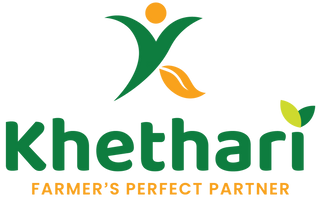
Pest Management in Horsegram
Introduction
Horsegram (Macrotyloma uniflorum) is a leguminous crop grown primarily in India and other parts of Asia. It is relatively hardy but can be affected by various pests. Effective management involves a combination of cultural, biological, and chemical methods.

Common Pests
Pod Borer (Helicoverpa armigera)
Symptoms:
Larvae feed on the pods, leading to holes and reduced yield.
Management:
Cultural: Early sowing, crop rotation, and destruction of infested plant debris.
Biological: Release of natural predators like Trichogramma wasps.
Chemical: Use of insecticides like Spinosad or Bacillus thuringiensis (Bt) formulations.

Aphids (Aphis craccivora)
Symptoms:
Stunted growth, yellowing leaves, and honeydew secretion leading to sooty mold.
Management:
Cultural: Use of resistant varieties, maintaining plant health.
Biological: Introducing natural predators such as lady beetles and lacewings
.Chemical: Application of neem oil or systemic insecticides like Imidacloprid.

Leafhopper (Empoasca )
Symptoms:
Leaf curling, yellowing, and reduced plant vigor.
Management:
Cultural: Proper spacing, use of resistant varieties.
Biological: Encouraging natural enemies like spiders and predatory bugs.
Chemical: Application of insecticides such as Dimethoate.
Bruchids (Callosobruchus spp.)
Symptoms:
Infestation in stored seeds, leading to holes and reduced seed viability.
Management:
Cultural: Proper drying and storage of seeds in airtight containers.
Biological: Use of parasitoids like Anisopteromalus calandrae.
Chemical: Fumigation of stored seeds with phosphine.
Integrated Pest Management (IPM) Strategies
Monitoring and Surveillance: Regular monitoring of fields for early detection of pest infestation.
Cultural Practices:
Crop rotation with non-host crops.
Use of pest-resistant varieties.
Proper field sanitation and removal of crop residues
Mechanical Methods:
Handpicking of larvae and eggs.
Use of light traps to attract and kill adult insects.
Biological Control:
Conservation of natural predators and parasitoids.
Use of biopesticides like neem-based products and Bacillus thuringiensis (Bt).
Chemical Control:
Judicious use of insecticides based on economic threshold levels (ETLs) to avoid resistance deveploment.
Rotation of insecticides with different modes of action.
summery:
By employing these strategies, horsegram farmers can effectively manage pest populations and minimiz
